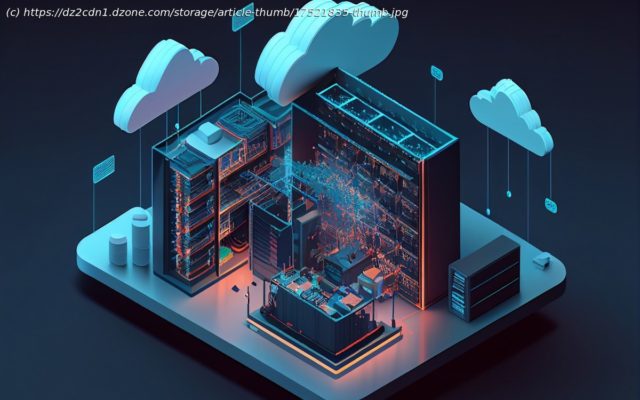Is serverless the right fit for your cloud apps? Explore the pros and cons, see if it aligns with your needs, and unlock the future of scalability.
The landscape of cloud computing has evolved dramatically over the last decade, culminating in the revolutionary concept of serverless computing. No longer are applications bound to the rigid framework of traditional server infrastructures; serverless computing has paved the way for developers to build and run applications without the need to manage servers. This approach to cloud services is rapidly reshaping how businesses deploy and scale applications, making serverless architectures a focal point of modern IT strategies.What Is Serverless Computing?
In essence, serverless computing enables developers to write and deploy code without dealing with the underlying infrastructure. The cloud provider dynamically manages the allocation and provisioning of servers. A serverless architecture is highly scalable and event-driven, typically running code in response to HTTP requests, database events, queuing services, or file uploads.Key Features of Serverless Computing
Some of the key features of serverless computing are as below:
Event-driven: Functions are executed in response to specific events or triggers.
Stateless: Each function execution is treated as a fresh process, ensuring no dependency on the previous state.
Scalable: Automatically scales the number of function instances based on the number of incoming events. Difference From Traditional Servers
Unlike traditional cloud-hosted servers, where the server’s resources are always on and shelling out costs, serverless computing is a fine-grained deployment model where resources are used only when a certain function or trigger is activated, thus potentially reducing costs significantly.Advantages of Serverless Computing
Adopting a serverless infrastructure brings forth several benefits, key among them being cost-efficiency. With serverless computing, companies pay only for the period when functions execute, trimming the expense of maintaining idle server resources. The auto-scaling nature grants the flexibility to handle workloads effectively, while significantly decreasing the need for operational management.Quick Time to Market
Development is streamlined as the focus shifts to individual functions, rather than entire applications or servers, allowing for rapid deployment of new features. This, in turn, allows businesses to quickly adapt and respond to changing customer needs and market demands.Reduced Operational Overhead
The auto-scaling capabilities of serverless computing alleviate the burden of managing server resources and scaling infrastructure up or down. This enables developers to focus on writing code rather than managing servers, leading to improved productivity and reduced operational overhead.Improved Latency
Because serverless functions can be deployed in multiple regions, the end-user can experience lower latency as they interact with applications that run closer to their location. This is especially beneficial for global businesses.Easier Scaling
Serverless computing automatically scales up or down based on incoming events, making it easier to handle sudden spikes in traffic.






